What Is West Virginia’s State Bird? How Was It Decided?
Last Updated on
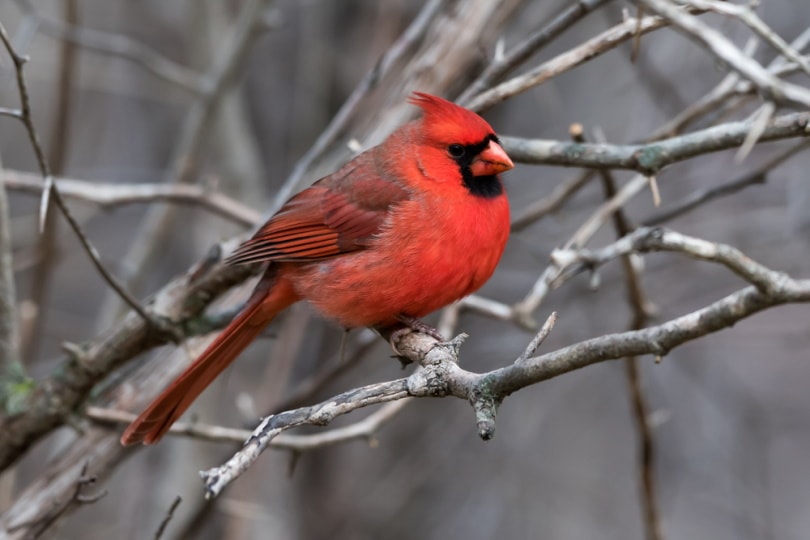
West Virginia is the 41st largest state by area in the United States and ranks 40th in population. The state is known for its breathtaking mountains and hills, which host various wildlife. You may already recognize the Black Bear as West Virginia’s state animal, but what is its state bird? It’s the Northern Cardinal.
It is a mesmerizing, red-colored bird that became West Virginia’s official state bird in 1949. That was with the adoption of House Resolution 12 on March 7 of the same year.
Besides West Virginia, six other US states also recognize the Northern Cardinal as the state bird, including Illinois, Kentucky, Indiana, Virginia, North Carolina, and Ohio.
College students, civic organizations, garden clubs, bird study groups, and athletes’ clubs voted to choose the state’s official bird. The cardinal competed with 10 other equally-gorgeous birds, including the American Robin, the Bluebird, and the Tufted Titmouse. The bird won by a significant margin of 11,000 votes.

Why Is the Cardinal West Virginia’s State Bird?
Of course, the eye-catching red color of the cardinal is enough to know why this bird was selected as the state bird. Still, there is a rich history behind the decision that you should know about.
The friendly cardinals reminded the natives of West Virginia, who were mostly settlers from Europe, of the Catholic Church’s cardinals’ robes. The resemblance was quite uncanny.
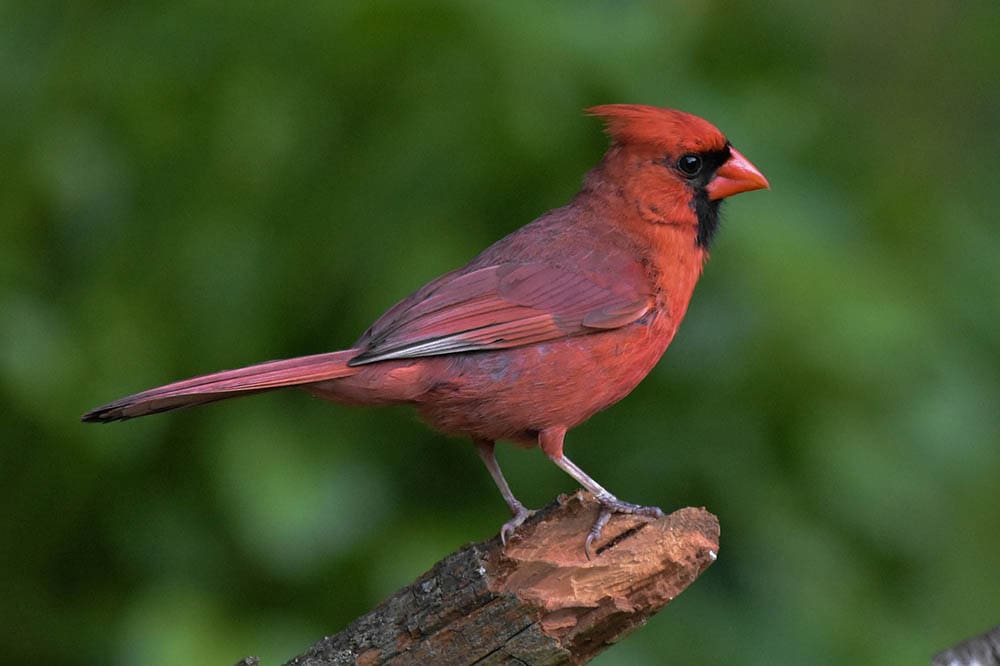
What Does the Cardinal Look Like?
The cardinals in West Virginia are a little different from what you usually see in other states. The female Northern Cardinal has bronze and gold features in West Virginia, a distinctive tone that the natives call “buffy brown.” This hue helps females protect themselves by camouflaging with their nests that have a similar buffy brown shade.
However, the males grow the same kind of vivid red feathers. Female cardinals measure a little smaller than their male counterparts, but their physical traits are almost the same.
Both possess black bills with a brown shade at the base. In addition, the females have accent feathers with yellow and gray streaks on the chest. Moreover, the upper area has light gray or white feathers on the stomach. Males don’t grow these feathers.
The average Northern Cardinal is medium in size. They usually weigh between 1.5–1.7 ounces with a length of 8–9 inches. The estimated wingspan of these birds is 10–12 inches.
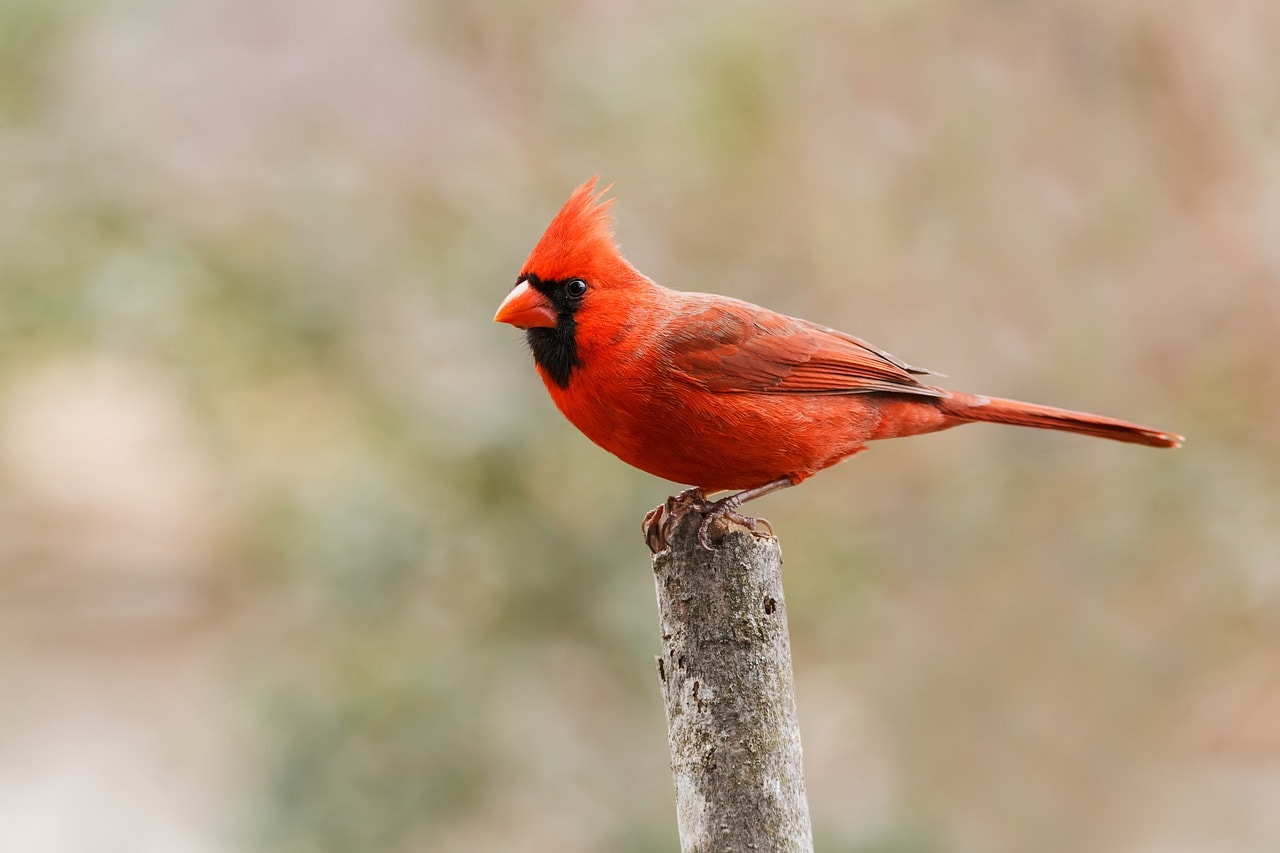
Where Do Cardinals Prefer Living?
Northern Cardinals are typically non-migratory birds. Instead, they like to live in their birthplace with their parents. They may move a little here and there, but you won’t often find them traveling more than a few miles from their native homes.
These birds find suitable nesting areas in populated places to build their nests. When out in the wild, they prefer shrubbery as the ideal habitat to live in. In suburban areas, they tend to build their nests 1–5 feet above the ground.
Do Northern Cardinals Build Communities?
When it comes to protecting their family and nests, Northern Cardinals behave just like mockingbirds. They are super protective of their families and may get fierce or aggressive to safeguard them.
Although not too big, the Northern Cardinals don’t hesitate to take on even enormous predators to defend their territories, including humans. So, you should try not to disturb cardinal nests.
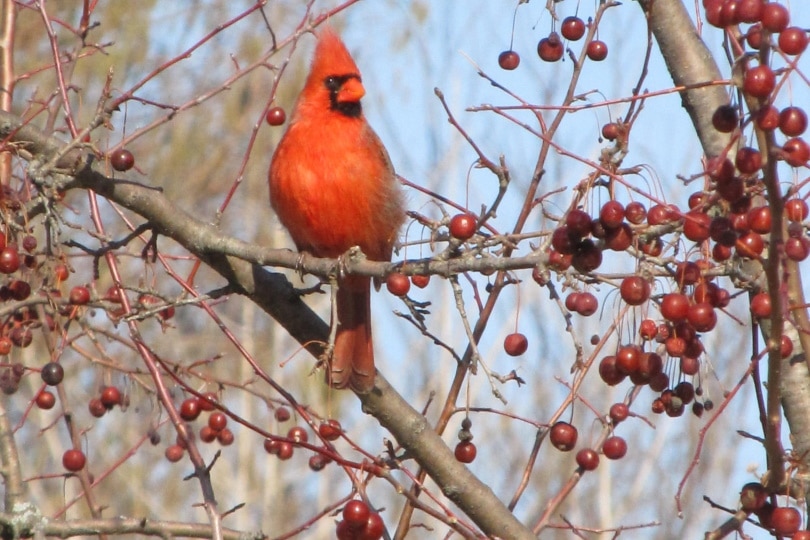
What Do Northern Cardinals Eat?
Northern Cardinals usually hesitate before coming out in the open. So, they forage in shrubs, foliage, and tree lines. Another distinctive characteristic of West Virginia’s cardinals is their diet.
In West Virginia, these birds are usually omnivores. They are not too picky when it comes to their nutrition. One of their favorite foods is seeds. This is why you may have seen them mostly around seed-filled bird feeders.
Some Facts About Northern Cardinals
Here are some interesting facts about the West Virginia state bird:
- The Northern Cardinals are known as “Cardenal Norteño” in Spain and “Cardinal rouge” in France.
- The oldest Northern Cardinal was a female found in Pennsylvania. She was 15 years and 9 months old at that time.
- Cardinals are America’s favorite singing birds, famous for their distinctive whistles that sound like “whit-chew-whit-chew,” “cheer cheer cheer,” and “purty purty purty.”
- Many cardinals sing as an invitation for mating. Females are capable of singing longer and more complex song phrases than males.
- Cardinals usually occupy a 4-acre territory.
- Male cardinals often attack small red objects because they assume that they are another male cardinal entering their territory.
- The males can get so fierce that they even fight with their reflections on glass surfaces.
- These birds breed two to three times every season.
- While the female takes care of their young, the male searches for food. The male cardinal then starts to cater to the needs of the first brood, allowing the female to move on to a new nest and lay more eggs.
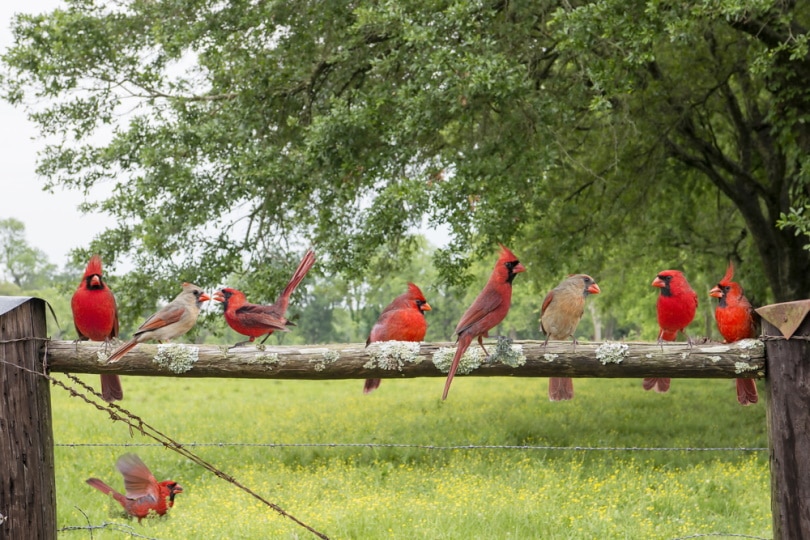
Have Northern Cardinals Become Endangered?
The term “endangered species” refers to a particular breed of plants or animals with a higher risk of becoming extinct in the next few years. For example, the US has seen several gorgeous bird species go extinct, including the Ivory-Billed Woodpecker, Great Auk, and Carolina Parakeet.
This makes every bird lover wonder whether Northern Cardinals are becoming an endangered species. Well, the good news is that they are not. Unlike the South American Yellow Cardinal, these birds are not included in endangered or threatened species lists.
Northern Cardinals have a stable population and are of least concern on the International Union for Conservation of Nature (IUCN) Red List. If Northern Cardinals were to be listed as an endangered species, their global population would have to decrease by at least 30% for 10 consecutive years.
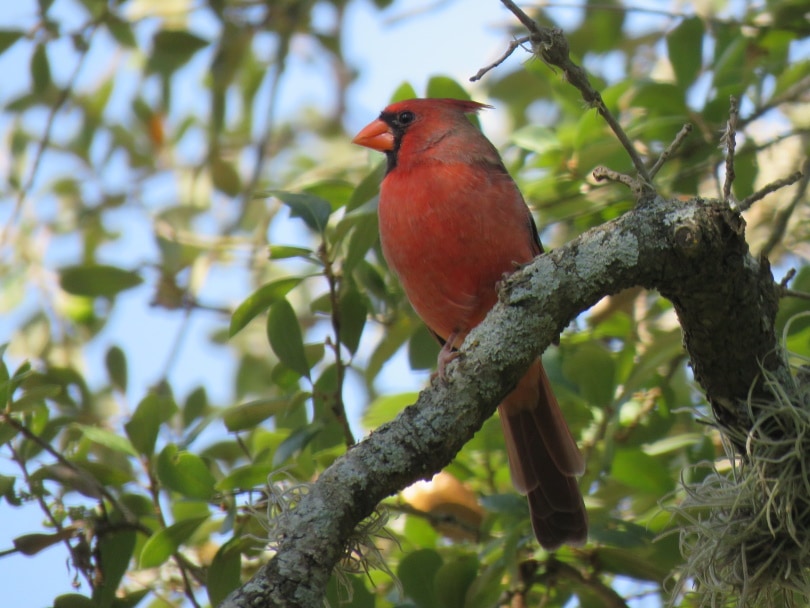
The Protection of Northern Cardinals Around the World
The United States and Canada have strict rules for protecting the Northern Cardinals and other birds. While it’s allowed in Europe to keep cardinals as pets, the US and Canada strictly restrict any such activity.
According to the US Migratory Bird Treaty Act 1918, the sale of Northern Cardinals as caged birds is prohibited. In addition, the law doesn’t allow anyone to hunt, trade, or kill Northern Cardinals within US boundaries. If someone gets caught for doing so, they get a punishment of up to 6 months in prison or a $15,000 fine.
Canada protects the Northern Cardinal with their Convention for the Protection of Migratory Birds law established in 1917. It was then amended in 1994. According to the law, people willing to keep Northern Cardinals should buy a wildlife rehabilitator license from their state or local municipalities.

The Bottom Line
Northern Cardinals are an absolute delight. Not only do they please our eyes, but their melodic singing is a joy to listen to. So, it is understandable why this bird species was voted West Virginia’s state bird in 1949. Cardinals are non-migratory birds, so if you reside in West Virginia, you’re more likely to start your day with their sweet whistles. The good news is that Northern Cardinals aren’t going to become extinct anytime soon.
- You might be interested in: 5 Types of Hummingbirds in West Virginia (With Pictures)
Featured Image Credit: FotoRequest, Shutterstock
Table of Contents
- Why Is the Cardinal West Virginia’s State Bird?
- What Does the Cardinal Look Like?
- Where Do Cardinals Prefer Living?
- Do Northern Cardinals Build Communities?
- What Do Northern Cardinals Eat?
- Some Facts About Northern Cardinals
- Have Northern Cardinals Become Endangered?
- The Protection of Northern Cardinals Around the World
- The Bottom Line
About the Author Jeff Weishaupt
Jeff is a tech professional by day, writer, and amateur photographer by night. He's had the privilege of leading software teams for startups to the Fortune 100 over the past two decades. He currently works in the data privacy space. Jeff's amateur photography interests started in 2008 when he got his first DSLR camera, the Canon Rebel. Since then, he's taken tens of thousands of photos. His favorite handheld camera these days is his Google Pixel 6 XL. He loves taking photos of nature and his kids. In 2016, he bought his first drone, the Mavic Pro. Taking photos from the air is an amazing perspective, and he loves to take his drone while traveling.
Related Articles:
What Is the Best Binocular Magnification for Hunting? Optical Features Explained
10 Types of Hummingbirds in Arkansas (With Pictures)
8 Types of Hummingbirds in Nebraska (With Pictures)
5 Types of Hummingbirds in Idaho (With Pictures)
3 Types of Hummingbirds in Mississippi (With Pictures)
8 Types of Hummingbirds in Kansas (With Pictures)
5 Types of Hummingbirds in West Virginia (With Pictures)
5 Types of Hummingbirds in Ohio (With Pictures)
